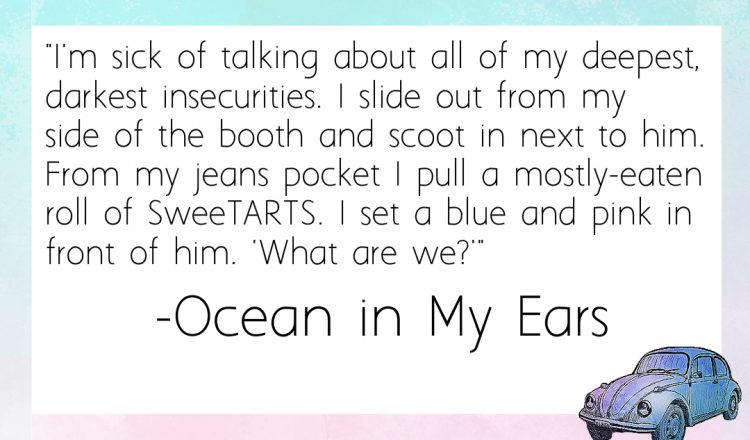Here at Ooligan Press, the press has had many opportunities to work on historical fiction books. There are a lot of things to keep in mind while editing that are specific to this genre. Since a comprehensive analysis of all aspects of editing such content would be too extensive for a single blog post, I will focus here on how to avoid trademark violation.
When is it acceptable to mention a brand, and when does it cross the line into trademark infringement? This issue comes up often in historical fiction texts when the author wants to mention an item or company to help secure the storyline in time and place. When placed appropriately, such references add authenticity to the work. There are a few primary concepts to keep in mind as you approach trademarked brands and items.
If possible, the text should use generic names for items rather than a brand’s name. A common example is to have a character request a tissue in an emotional situation rather than a Kleenex. Otherwise, you may run into the problem of brand dilution, which is when well-known brand names are referenced in a generic way. For instance, a text that references “xeroxing” documents might run into legal problems with Xerox, who would not want their brand name used generically as a verb. In this case, the appropriate action would be to either capitalize Xerox, or (recommended) simply write “photocopy.”
What if it’s important to the story to reference a specific brand or company name? For instance, in Ooligan’s newest release The Ocean in My Ears, the fact that the main character Meri eats SweeTARTS and hangs out at Dairy Queen fits with the book’s early 1990s setting. In such a case, it is worth seeking permission to use the brand name(s) at hand. At a small press like Ooligan, we may not have the luxury of entire departments dedicated to permissions, licensing, and the like, but that doesn’t make it any less vital to secure the rights to mention a brand.
There are two central issues in determining if brand reference is appropriate. First, does its usage promote the retail value of the service or product? If the author is trying to sell something to the reader, competing companies will take issue. However, if it is a neutral identifier, such as how Meri drives a VW Bug, that is acceptable. In the other direction, you’ll (unsurprisingly) run into trouble for allowing a text to defame a brand in any way.
What if there is an organization the writer might end up tarnishing while describing it, but whose characteristics are essential to the plot? In such a case, a good solution is to create a fictional company that is reminiscent of—but not identical to—the author’s reference point. For example, you’d find yourself in questionable territory were you to move forward with a plot in which the main character worked at Starbucks in 1987, hated their job and the expansion of the company, and thus degrades the brand. If writer were to draw upon their own experience working at the chain, however, but invent a company that shares some characteristics of Starbucks without being an explicit parallel, you could approve that storyline. It would be fine for a character, for instance, to bemoan how their independent coffee shop has become commercialized, thus losing its unique character. However, the character cannot complain that there was corruption in their shop, which is named Starby’s and founded in Washington State, and say that it engaged in ethical violations as it became more mainstream.
Keep these guidelines in mind, and the process of editing text with trademarks will go smoothly. A properly referenced trademark can enhance historical fiction works in ways that could not be accomplished otherwise, so it’s important to know about these legal restrictions.

